Quebec City, Canada
Steven Dutch, Professor Emeritus, Natural and Applied Sciences,
Universityof Wisconsin - Green Bay
On the Way to Quebec
The long covered bridge is the Marchand Bridge, built in 1898 and reputedly the longest in Quebec.
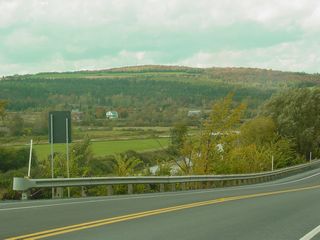 |
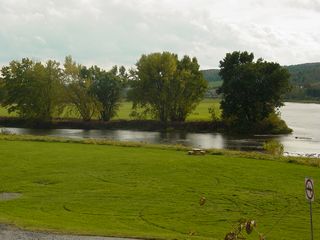 |
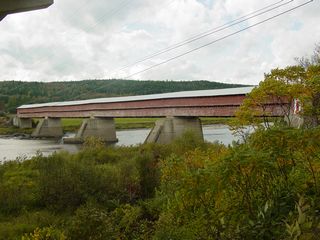 |
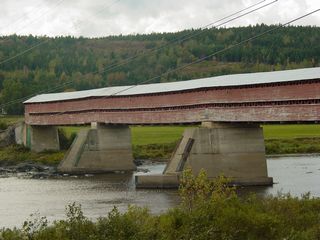 |
Old Quebec
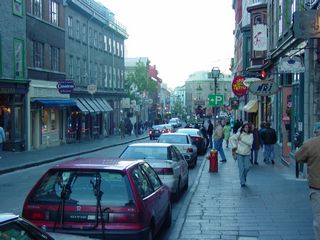 |
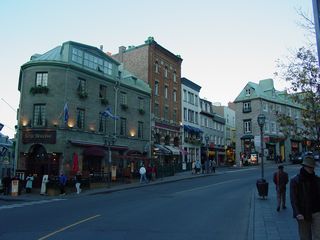 |
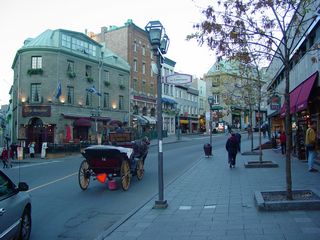 |
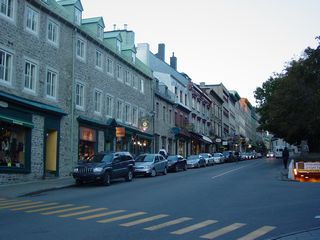 |
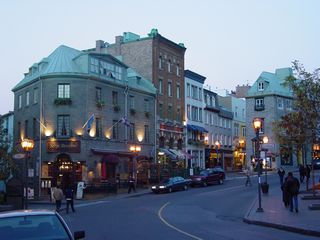 |
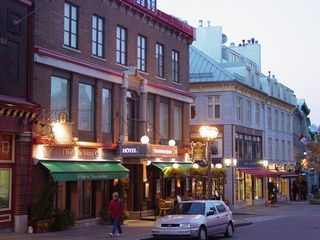 |
 |
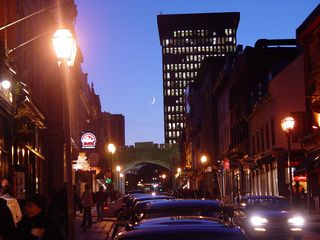 |
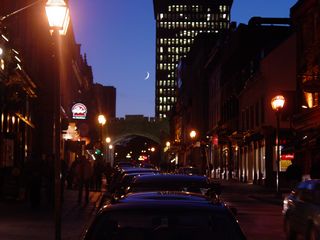 |
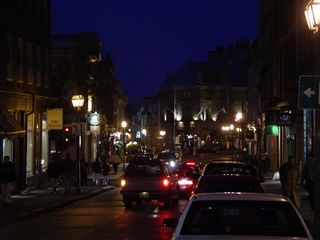 |
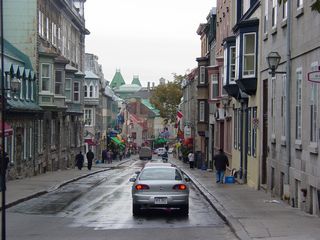 |
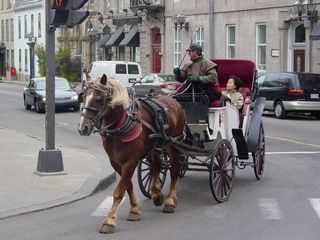 |
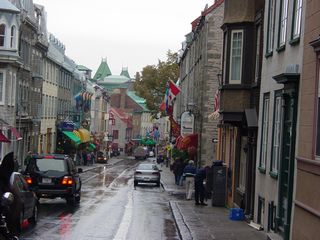 |
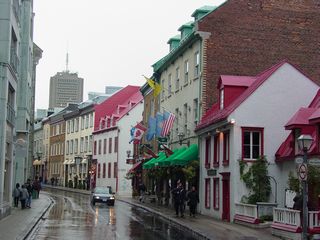 |
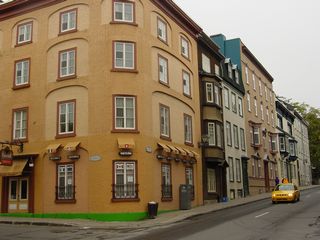 |
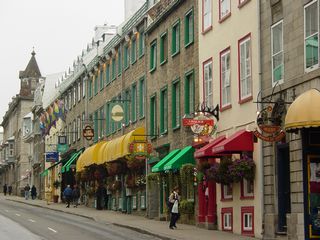 |
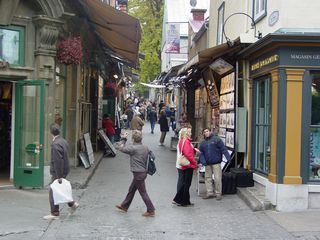 |
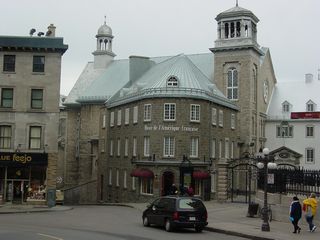 |
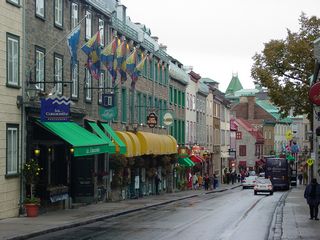 |
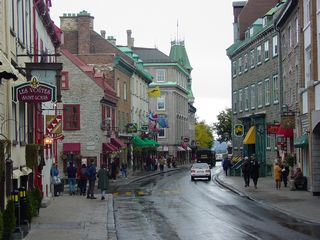 |
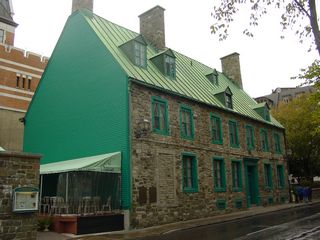 |
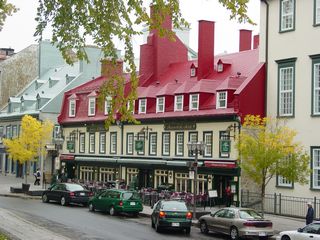 |
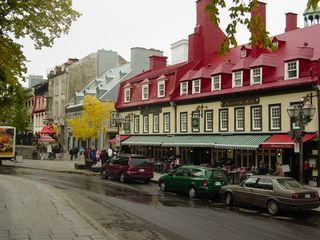 |
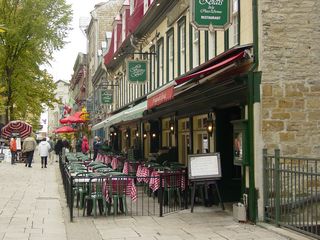 |
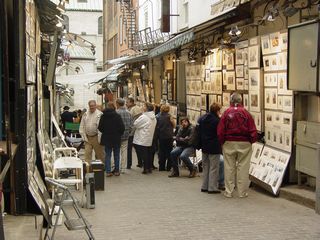 |
Around Parliament
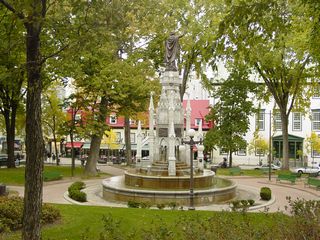 |
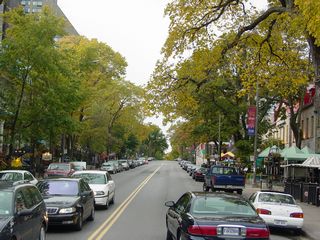 |
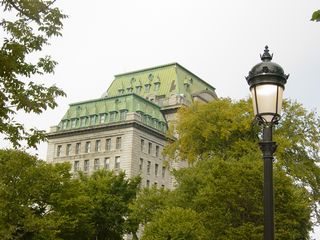 |
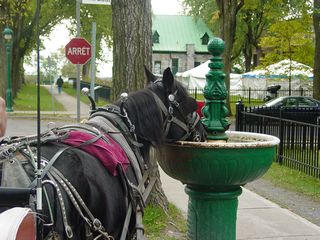 |
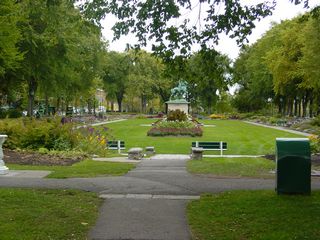 |
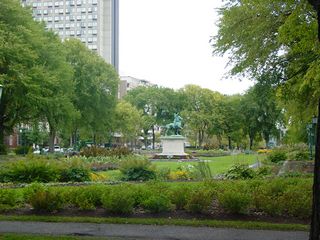 |
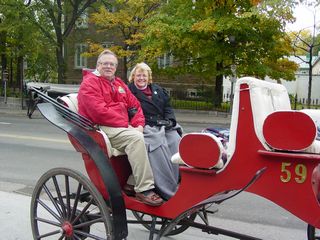 |
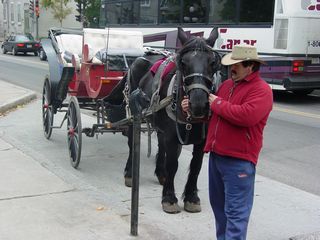 |
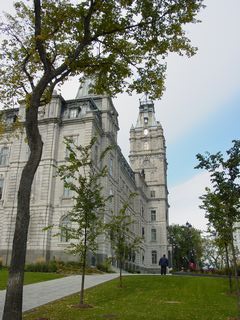 |
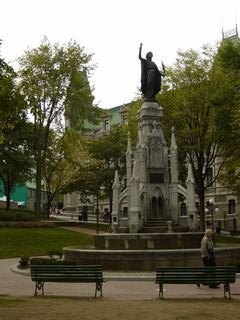 |
Chateau Frontenac
This glorious sprawl has been dubbed the most photographed hotel in the world. It dominates the skyline of Quebec. I had been struck that every major Canadian city I have visited has something similar, if not so huge, and there's a good reason why. Architect Bruce Price designed a series of hotels in this style for the Canadian Pacific Railroad around the turn of the 20th century. This one was completed in 1893 and was designed to rival any grand hotel in Europe.
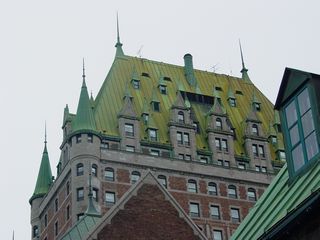 |
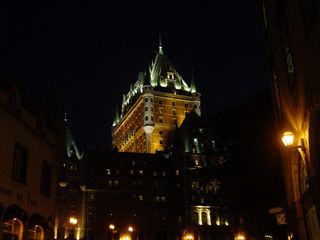 |
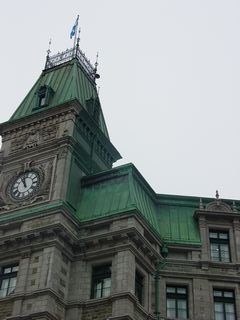 |
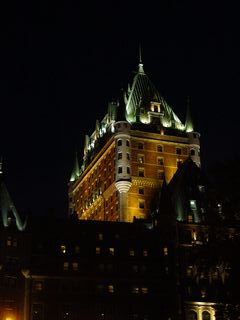 |
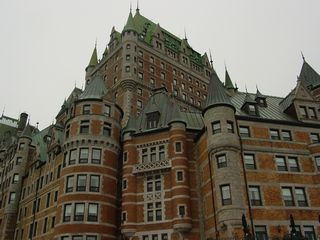 |
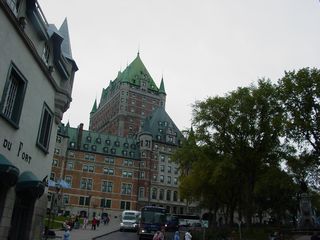 |
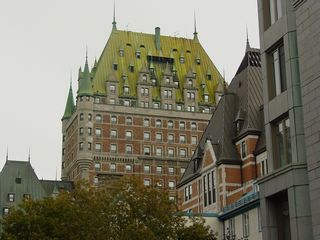 |
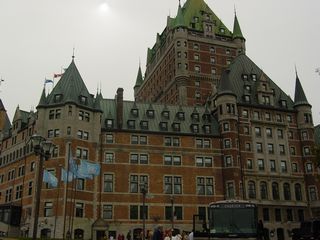 |
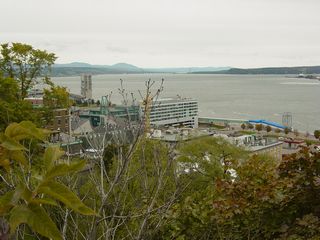 |
Left: looking downstream (northeast) from the promenade near the
Chateau. Below: the Lower City. |
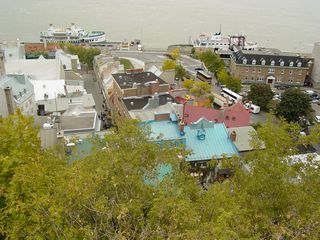 |
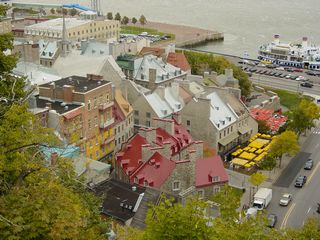 |
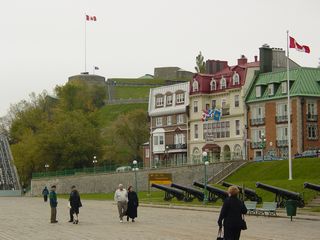 |
Left: looking toward the Citadel. |
Holy Trinity Cathedral
The first Anglican cathedral built outside the British Isles, completed in 1804 and financed by King George III. (Despite that business about the tea in the harbor, he was not nearly the villain American histories sometimes make him out to be, although he did have lousy advisors.)
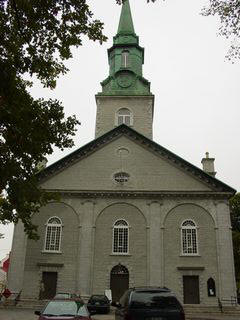 |
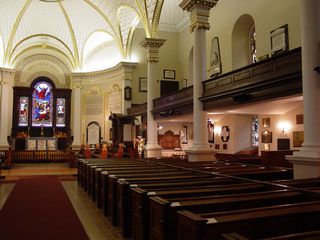 |
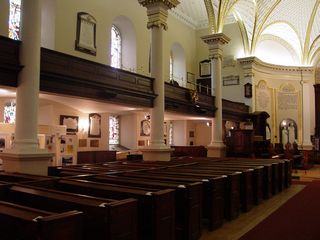 |
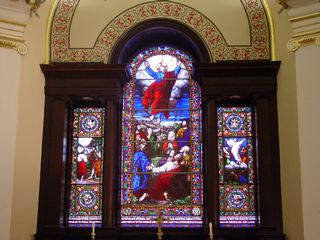 |
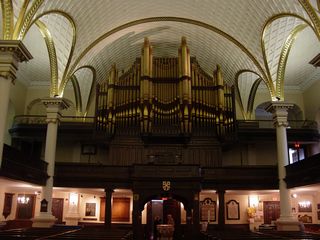 |
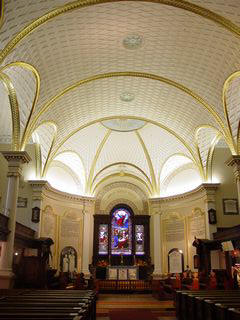 |
The Plains of Abraham and Fortifications
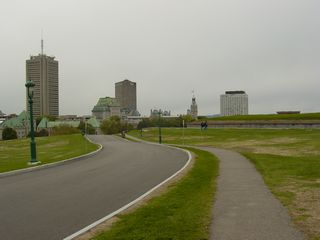 |
One of the decisive battles of world history was fought here. In 1759, the British defeated the French here, the decisive turning point in the French and Indian War. The French and Indian War was the North American phase of the Seven Years' War, a war that also saw fighting in Europe and India, and which Winston Churchill considered the first "world war." The war ended French dreams of a North American empire. Both commanding generals, Wolfe on the British side and Montcalm on the French, were killed. Earthworks are still faintly visible. |
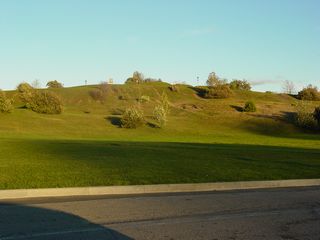 |
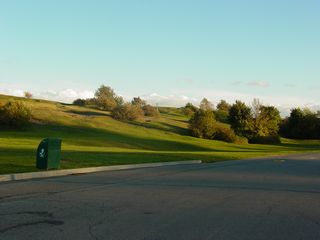 |
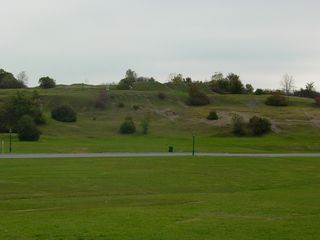 |
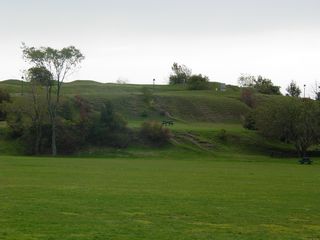 |
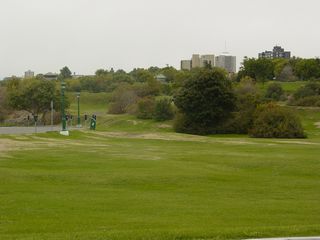 |
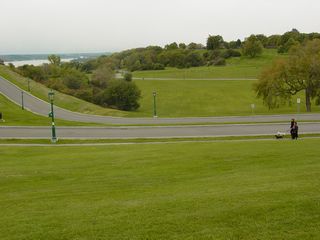 |
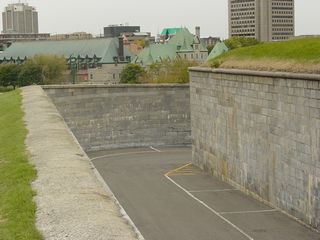 |
Left and below: British fortifications built to defend the heights. This section, the Citadel, was built in the early 19th century |
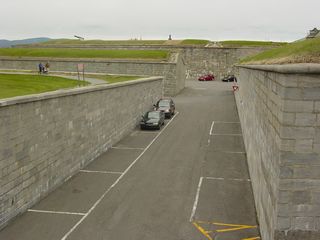 |
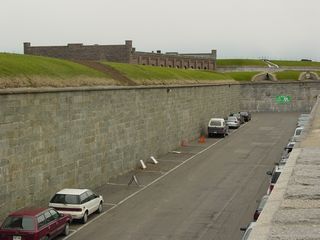 |
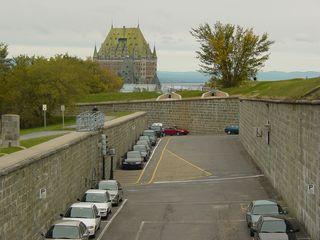 |
Left: Chateau Frontenac beyond the Citadel. |
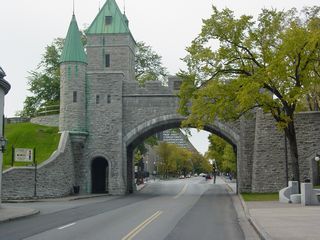 |
Left: Quebec is the only remaining fortified city in North America
and the Old City and Fortifications are a World Heritage Site. This
is one of the remaining city gates. Below: views of the St. Lawrence. The British had to scout for some time to find a suitable place to ascend the steep bluffs. |
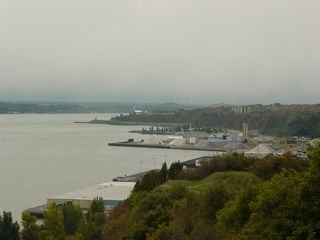 |
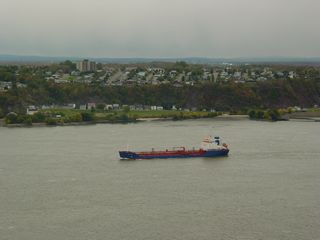 |
Armory and Martello Tower
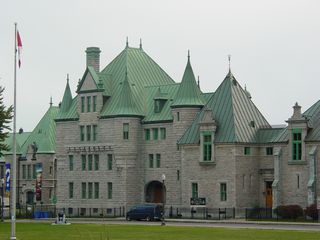 |
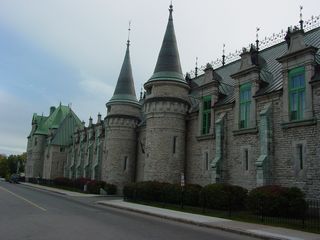 |
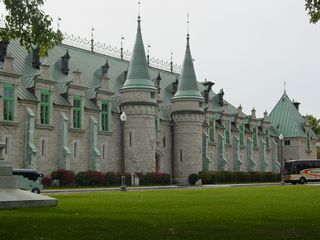 |
Left and above: This fairy tale confection is the Armory, which
was tragically destroyed by fire in 2008.
Below: A Martello tower, a small stand-alone fort. Quebec once had four, of which three survive. |
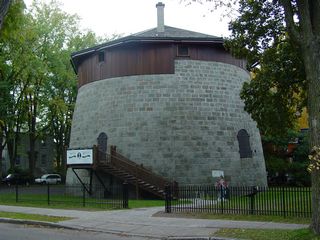 |
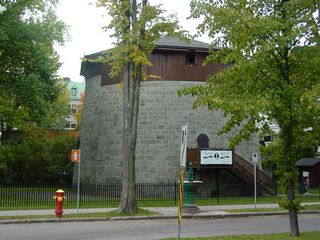 |
Return to Virtual FieldTrips Index
Return to Historic Sites Index
Return to Professor Dutch's Home Page
Created 14 March 2009, Last Update 13 December 2009<!--webbot bot="Timestamp" i-checksum="39739" en